Canadian Beverages: Basic Overview
Common Ingredients
Common Preparing Methods
Key Taste
Drinking Etiquette
Culinary Festivals
Influence and Fusion
Classifications of Canadian Beverages
-
Alcoholic
Alcoholic beverages include drinks that have undergone fermentation and sometimes distillation.
In Canada, this category encompasses a variety of spirits, beers, and wines using local ingredients like maple syrup, spruce, and apples.
-
Non-Alcoholic
Non-alcoholic beverages in Canada highlight the use of indigenous plants, organic ingredients, and innovative recipes to create drinks that are both refreshing and representative of the nation’s culinary diversity.
Canadian beverages are a variety of drinks, including iconic soft drinks and unique alcoholic options.
Canada is known for its alcoholic drinks, with regulations and consumption varying by province and territory. The country does not have a federally defined legal drinking age, leaving it to each province and territory to set their own.
These drinks, among others, highlight Canada’s contribution to the beverage industry, reflecting its cultural diversity and innovation. Learn more about Canadian drinks, especially when they’re paired with culinary creations.
19 Popular Canadian Beverages
Know more about the refreshments of Canada by using the comprehensive filter system that aids you to see these beverages in alphabetical order, tastes, key ingredients, cooking methods, dish types, and global popularity.
Plus, you should go through some categories of Canadian beverages, like the most popular options or even traditional, national, and fusion choices.
Double Double
- Non-Alcoholic
Double Double is a coffee in Canada containing 2 shots of cream and 2 shots of sugar, boasting a double profile of creaminess and sweetness.
The coffee is a creation of Tim Hortons, a fast-food restaurant chain from Canada. The restaurant mostly serves coffee, waffles, and other popular breakfast items, with Double Double being a favorite coffee of many.
Swamp Tea
- Non-Alcoholic
- Traditional
Swamp tea, or nog labrador tea, is a medicinal drink made from the leaves of rhododendron groenlandicum plants that mostly inhabit regions with many bogs and swamps in Canada, the Northern United States, and Europe.
The tea has many uses, from soothing sore throat to being a flavoring agent in beer. In order to make the tea, people have to leave the tea to dry for at least a week.
The way you prepare the drink is simply by brewing it in hot water for a strong, light sweet, and citrusy concoction. Just a heads up as you must dilute the tea with a large amount of water to reduce the tea’s potency.
London Fog
- Non-Alcoholic
- Fusion
London fog is a Canadian-originated beverage, despite what its name might suggest. Characterized by its blend of Earl Grey tea, vanilla syrup, and milk, the London Fog has gained immense popularity.
It has inspired variations in several countries, including Scotland and the US, particularly cherished in Canada’s Pacific Northwest and West Coast. The mix even comes with options for non-dairy milk alternatives for those lactose intolerant.
Bec Cola
- Non-Alcoholic
- Fusion
Bec Cola is an innovative soda brand made using maple syrup. The cola’s company was established in 2012 by Olivier Dionne, Gwendal Creuer, and Kevin Creuer, distinguished by its exclusive use of organic ingredients.
The brand’s signature taste primarily derives from pure maple syrup, organic caramel color, and citric acid. The company’s approach resulted in the sale of 50,000 bottles in its debut year and a significant leap to 500,000 bottles sold in the first half of 2016.
Brio Soda
- Non-Alcoholic
Brio soda is a distinctive beverage brought to Canada from Italy in 1957 by three Italian immigrants seeking to share the unique “chinotto” flavor, a bitter-sweet extract from a specific type of orange found in Italy and Malta.
Known for its rich, bitter-sweet taste, Brio chinotto soda, or simply Brio, quickly became a staple among Italian families in Ontario. Its popularity extended beyond the Italian community, making it a beloved choice for many in Canada.
While traditionally non-alcoholic, offering flavors like lemon and orange, Brio introduced “hard Brio” in 2018, blending the classic soda with vodka.
Canada Dry
- Non-Alcoholic
- National
Canada Dry soda is a globally recognized brand of ginger ale, originating from the entrepreneurial spirit of pharmacist John J. McLaughlin, who opened his first soda plant in Toronto in the late 19th century.
The term “dry” in its name signifies the beverage’s lower sugar content. In 1904, McLaughlin innovated a lighter, less sweet version of ginger ale, setting Canada Dry apart in a crowded market.
During the 1930s Prohibition era, when alcohol was banned, Canada Dry became a favored alternative. Beyond its classic ginger ale, Canada Dry offers a variety of flavors, including blueberry, blackberry, and lemonade.
Sussex Golden Ginger Ale
- Non-Alcoholic
- Traditional
Sussex golden ginger ale is a beverage originating from Sussex, Canada, cherished particularly within the Maritime Provinces. Crafted in the late 1890s by Vernon D.W. Rogers with the assistance of chemist Leo John Green, this golden ginger ale quickly captured the hearts of Canadians, spreading its popularity across the countryside.
This golden ginger ale maintains a sweet flavor with a distinct ginger zest. Today, Sussex is diversifying its product line, introducing dry ale, ginger beer, and cola, while still honoring its golden ginger ale’s legacy.
Spruce Beer
- Alcoholic
- Traditional
Spruce beer is a distinctive Canadian beverage crafted from the buds, needles, and essence of spruce trees.
This tradition of utilizing spruce essence evolved, leading to its incorporation into ale, wine, and beer, creating variations that include both alcoholic and non-alcoholic forms.
The production of alcoholic spruce beer typically involves boiling spruce essence with sugar, followed by fermentation with yeast, with molasses sometimes used as a sugar substitute.
Slow Cow
- Non-Alcoholic
- Fusion
Slow Cow is a beverage, often dubbed an “anti-energy” drink, designed to offer a calming effect contrary to the energizing rush. Originating from Quebec, Canada, and launched in 2008 by Slow Cow Drink Inc., this drink was crafted with the intention of helping consumers slow down and rejuvenate.
Lino Fleury, the mind behind Slow Cow, aimed to create a natural beverage that would relax its consumers. Characterized by its mild flavor, Slow Cow is reminiscent of spiced sparkling water.
B-52
- Alcoholic
- Fusion
B-52 is a renowned cocktail shot widely believed to have been created by bartender Peter Fich at the Banff Springs Hotel in Alberta. The cocktail is named after Fich’s favorite 70s band, the B-52.
Comprising coffee liqueur, Irish cream, and orange liqueur, the B-52 offers a sweet taste with a hint of coffee bitterness and a tangy orange zest. Ideally, the spirits are layered for serving in a small shot glass.
Toronto Cocktail
- Alcoholic
- Fusion
The Toronto cocktail is a Canadian mix, tracing its roots back to the 1920s and gaining prominence through Robert Vermeire’s writings, where it was initially known as the fernet cocktail.
Celebrated among Torontonians of the era, its recipe’s name was changed to “Toronto” by William Boothby in 1930. This blend is a mix of whisky, Fernet-Branca (a bitter Italian spirit), and maple syrup
The Toronto cocktail offers a sophisticated balance of mild bitterness, subtle sweetness, and a warming whiskey note. People often enjoy the cocktail in a shot or a tall cocktail glass.
Caesar
- Alcoholic
- Fusion
Caesar is a Canadian cocktail savory concoction blending the robust kick of alcohol with vodka, Caesar mix (a blend of tomato juice and clam broth), Worcestershire sauce, and hot sauce.
Created by Walter Chell, a restaurant manager at the Calgary Inn (now the Westin Hotel), the Caesar cocktail was inspired by the Bloody Mary but distinguished by an added zest from hot sauce.
Newfoundland Screech
- Alcoholic
- Traditional
Newfoundland Screech is a rum with a 40% alcohol content coming from Newfoundland, located in the Northeastern part of Canada. Screech rum is known for its pleasantly sweet notes of caramel and chocolate.
A unique cultural tradition associated with Screech is the “Screech-in” ceremony, a ritual in Newfoundland that varies by town but invariably involves Newfoundland Screech and a cod.
This ceremony is a warm welcome for newcomers, involving a toast with Screech, reciting local words, and culminating in the kissing of a cod.
Ice Cider
- Alcoholic
- Traditional
Ice cider, or cidre de glace in French, is the essence of Acadian foods and culture, having a high alcoholic concentration derived from its specialized fermentation process.
Originating in 1989 by Christian Barthomeuf, dubbed the “father of ice cider,” this beverage thrived in Quebec’s cold climate. Crafted from select high-quality apples such as Spartan, McIntosh, Cortland, and Empire, ice cider is produced through either cryoconcentration or cryoextraction.
Cryoconcentration involves leaving apple juice in outdoor containers through winter to freeze, then fermenting and removing the ice to yield a highly concentrated alcoholic drink.
Cryoextraction, on the other hand, involves pressing juice from frozen apples harvested in winter and fermenting it for 8 months, requiring significantly more apples due to its labor-intensive nature.
Yukon Jack
- Alcoholic
- Traditional
Yukon Jack is a Canadian liquor known for its high alcoholic content and unique standing as “The Black Sheep of Canadian Liquors.”
Yukon Jack enjoys widespread recognition and is often featured in various ceremonies.
Characterized by a robust whisky base and tempered with a touch of honey for sweetness, Yukon Jack offers a strong flavor profile that is both bold and slightly sweet, making it less harsh on the throat.
Canadian Club
- Alcoholic
- National
The Canadian Club is a popular brand of whisky, originally crafted by Hiram Walker, who initiated his distillery in Detroit in 1858. The whisky itself is celebrated for its refined taste, offering notes of almond and spice, with subtle undertones of oak and vanilla.
Canadian Club can be enjoyed neat, for its pure flavor, or used as a base for various cocktails.
Ice Beer
- Alcoholic
Ice beer is a Canadian alcoholic beverage known for its unique production process involving “fractional freezing.” This method entails freezing the beer to the ethanol freezing point of -173.2 Fahrenheit (-114 Celsius), resulting in the formation of ice crystals.
Removing these crystals concentrates the beer, resulting in a higher alcohol content.
Notable Canadian ice beer brands include Carling Ice, Black Ice, and Busch Ice.
Caribou
- Alcoholic
- Traditional
Caribou is a traditional Canadian liquor that more closely resembles a cocktail, crafted from a blend of red wine, a spirit of choice, and maple syrup or sugar.
Originally named for its historical inclusion of real caribou blood, modern Caribou has adapted to use red wine for color. This beverage is especially beloved in Quebec, where it is a staple of winter celebrations such as the Quebec Winter Carnival and National holiday.
At the Festival du Voyageur in Winnipeg, Manitoba, it’s customarily served in a glass carved out of ice. Caribou’s sweetness is primarily derived from maple syrup, while the combination of red wine and spirit provides a warming kick.
Pur Vodka
- Alcoholic
- Fusion
Pur Vodka is a Canadian vodka brand, celebrated for its high-quality, locally sourced ingredients, which have garnered a total of 83 awards since its inception.
Created by Nicolas Duvernois while he was working as a janitor, Pur vodka provides subtle notes of butterscotch and vanilla, along with a hint of spiciness.
The liquor appeals to a younger demographic by offering a smoother, less bitter taste profile.
What Canadian Beverages to Pair with Dishes?
In case you’re looking to take Canadian beverages to the next level, consider the following specialties to elevate the overall flavors:
These are only a few suggestions of delicious Canadian staples to enjoy with the right beverages in the country.
Please give these refreshments a big thumbs up and leave a comment if you like what you read. And don’t forget to share these drinks with others so you can uncover these beverages as well.



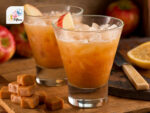
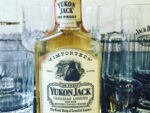
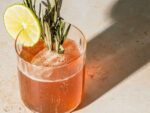


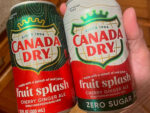
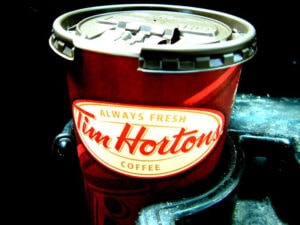
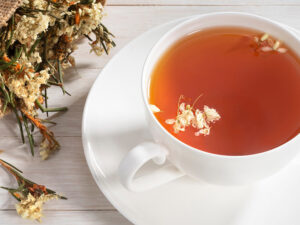
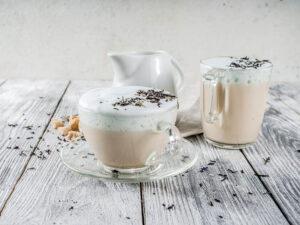
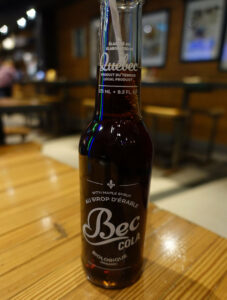
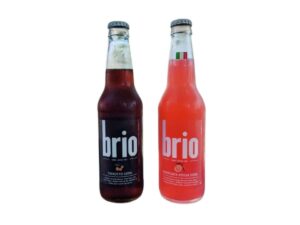
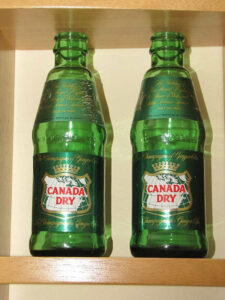
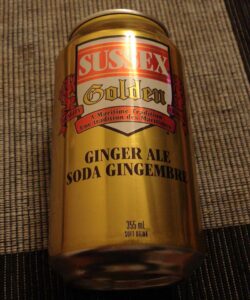
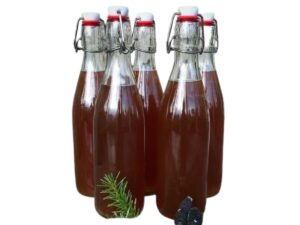
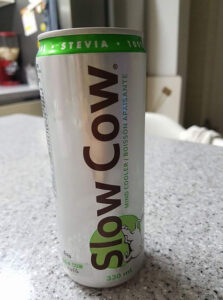
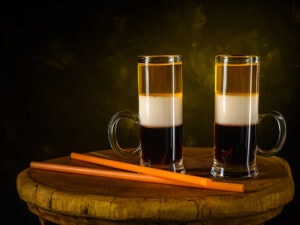
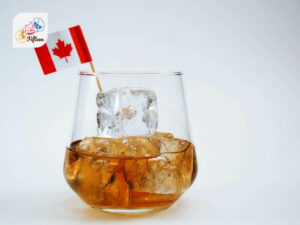
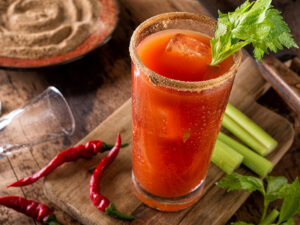
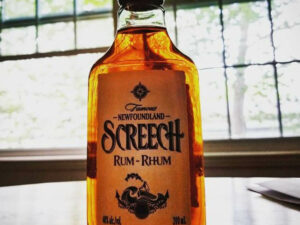
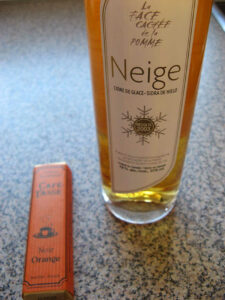
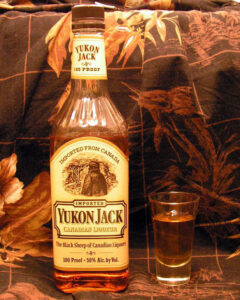
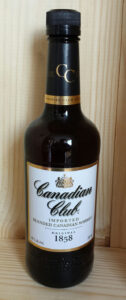
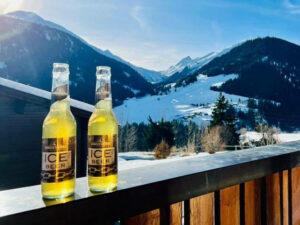
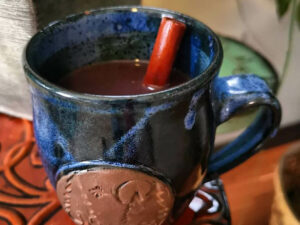
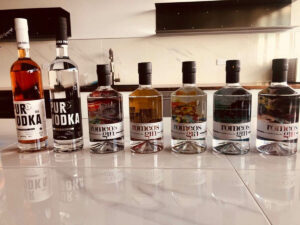
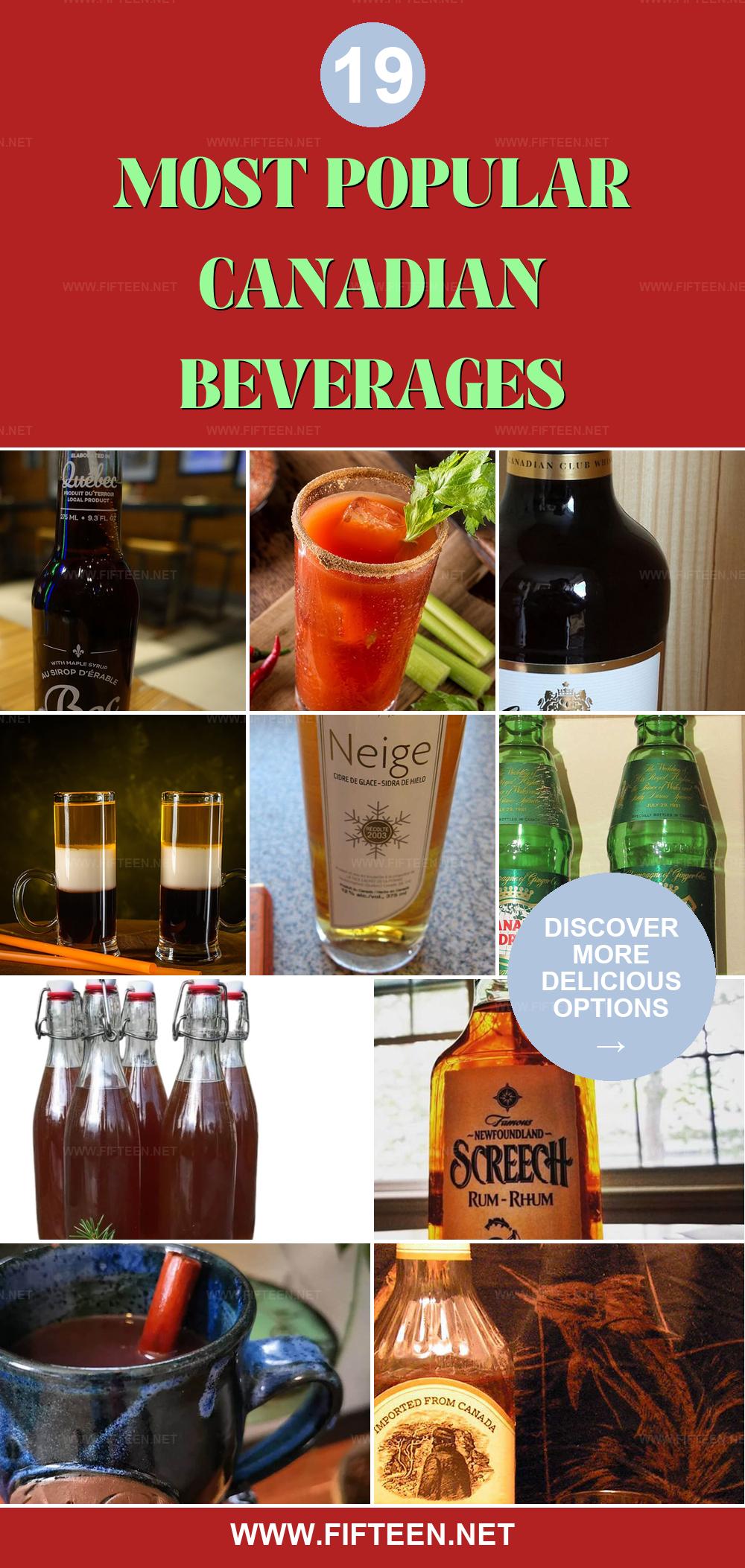
Jamie Scott
Editor in Chief, Senior Content Writer
Expertise
Home Cooking, Meal Planning, Recipe Development, Baking and Pastry, Food Editor, Cooking-video Maker, Western Food Evaluation Expert
Education
Le Cordon Bleu College of Culinary Arts
Local Community College, New York, NY
Jamie Scott is a skilled culinary expert and content creator specializing in Western cuisine. With over 15 years in the culinary field and formal training from Le Cordon Bleu, Paris, Jamie deeply understands how to blend nutrition with delicious flavors. His passion for cooking matches his commitment to making healthy eating accessible and enjoyable.
On Fifteen.net, Jamie brings a fresh perspective to classic dishes and beverages, offering readers insightful recipes, cooking tips, and a fresh view on meal planning that emphasizes taste, health, and simplicity.